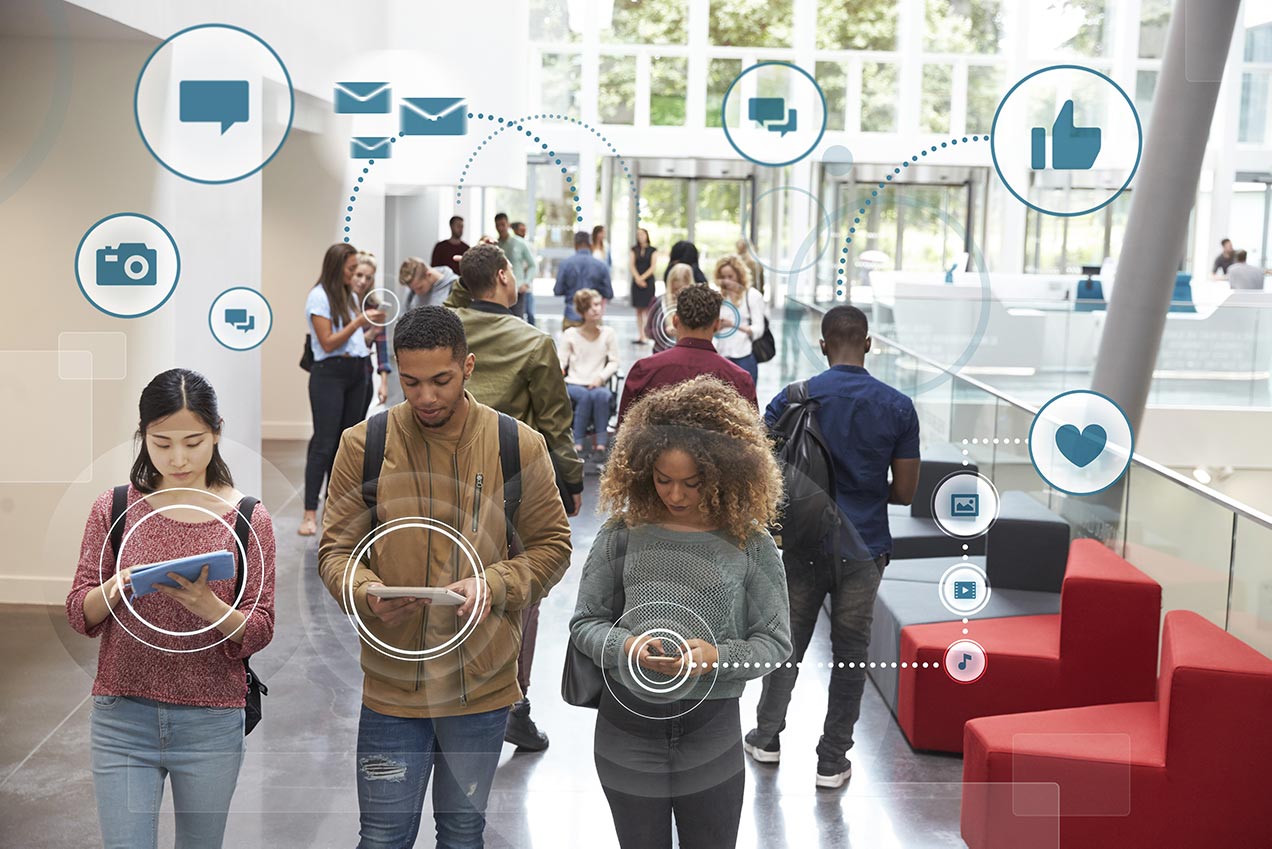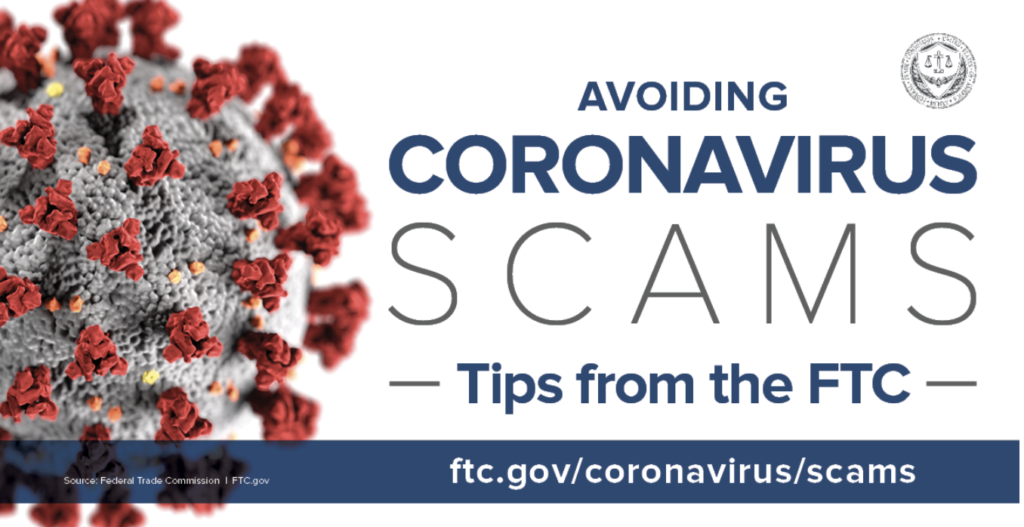Is Covid Making Fraud & ID Theft Endemic to the US?
- The Covid-19 pandemic has increased digital transaction usage
- Fraudsters find digital consumers to be a big target
- Paper relief checks mean another opportunity for fraudsters
Digital Transactions took a look at data from credit-reporting agency TransUnion LLC and determined that the shift to digital payment methods brought on by COVID-19 concerns fueled a concurrent rapid rise in fraud and identity theft though those channels.
In other words, a pandemic became endemic to fraud.
![Covid Fraud Alert [Converted]-01 Covid Fraud Alert [Converted]-01](https://orbograph.com/wp-content/uploads/2021/02/Covid-Fraud-Alert-Converted-01-1024x614.jpg)
Between March 11 and April 28, 2020, when the first wave of the pandemic hit the United States, more than 100 million suspected fraudulent transactions were identified by TransUnion, a 5% increase from the pre-pandemic period of January 1 to March 10, 2020, TransUnion says.
Telecommunications and financial services were among the hardest-hit categories, with telecommunications providers seeing a 76% increase in suspected credit card fraud and financial services seeing a suspected 11% increase in identity theft. E-commerce merchants were also heavily targeted, experiencing a 12% increase in suspected promotional abuse.
“The pandemic accelerated the digital transformation for a lot of businesses overnight during the first phase of the pandemic,” says Shai Cohen, senior vice president, global fraud solutions for TransUnion. “If telecommunications, financial services, and e-commerce companies did not go fully digital right away as the pandemic hit, it would have (negatively) impacted their businesses.”
Gen Z Becomes a Big Target
Then economies began to reopen, between April 29 and July 25, the number of consumers hit by Covid-19-related digital fraud scams rose 10% as compared to the March 11 to April 28 period. Worldwide, it was consumers aged 18 to 25 who were the primary target, with 36% on the receiving end of fraud-related scams.
“Generation Z is a demographic that puts a lot of its credentials out in digital channels,” Cohen noted.

The article goes on to note that artificial intelligence and machine-learning application deployments by merchants and financial service providers are vital to detect anomalies in consumer behavior.
“Merchants and financial-service providers need to get better at detecting and defeating fraud, as well as reducing false positives,” Cohen told Digital Transactions.
Individual Vigilance
Personal responsibility comes into play in the pandemic environment as well. The Federal Trade Commission has a web page devoted to what individuals can do if their stimulus payment check is stolen. They've created IdentityTheft.gov, a one-stop government resource for people to report identity theft and get a personal recovery plan.
When the second round of stimulus checks were just about to be issued, CNBC reported on five common stimulus scams to be aware of:
- Unsolicited calls or emails
- Messages that ask to “verify” or provide information
- High-pressure tactics
- There’s a fee involved
- Lookalike checks

As we noted earlier, a new wave of stimulus checks are about to appear as the Biden administration works with Congress to establish specifics, fraudsters are preparing for a busy season -- and the financial industry should as well. Individual vigilance is the first step to preventing fraud, but banks leveraging image-analysis technologies will provide the additional protection for their customers.
This blog contains forward-looking statements. For more information, click here.